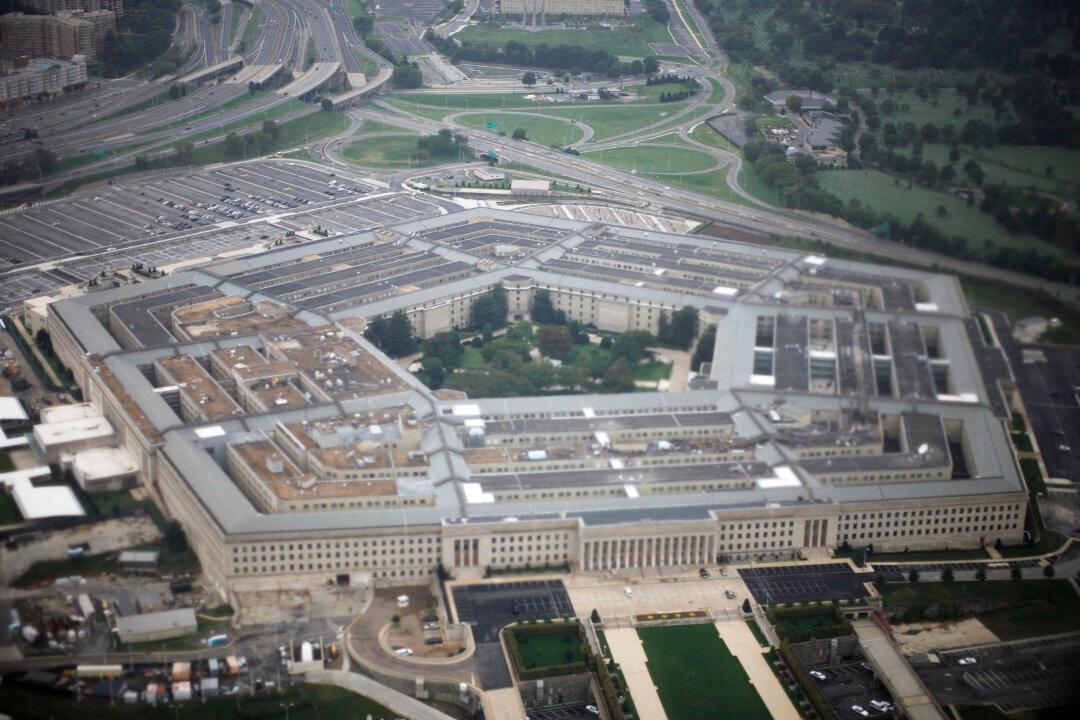The death of Abu Bakr al-Baghdadi has had little impact on the terror group ISIS’s operations in Iraq and Syria, according to a report from Defense Department Inspector General Glenn Fine published on Feb. 4.
The Defense Intelligence Agency (DIA) and U.S. Central Command (USCENTCOM) assessed that the death of the terror group’s leader in northern Syria in October last year did not disrupt the group’s command structure or operations and “did not result in any immediate degradation to ISIS’s capabilities.”





